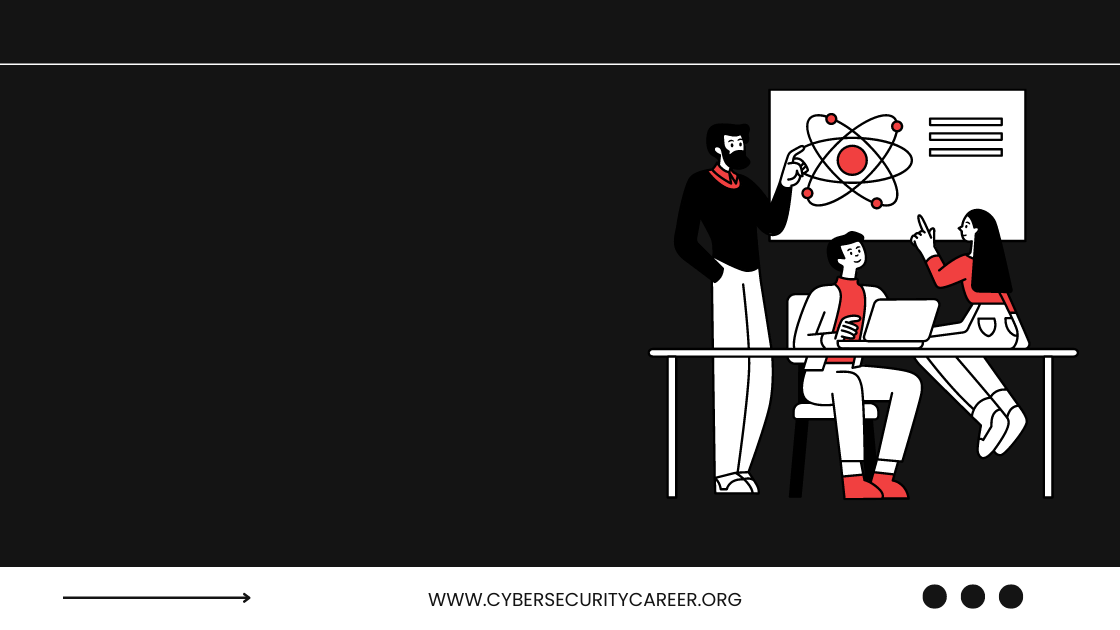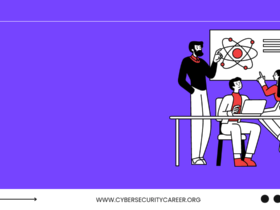In today’s digital world, cyber security is a critical concern for every individual and organization. With advanced technology come equally advanced threats that can wreak havoc on your personal or business data. Cyber security threats come in different forms, from phishing scams to malware attacks and everything in between. It’s essential to be knowledgeable about these potential dangers so you can take the necessary steps to protect yourself and your sensitive information. In this blog post, we will discuss how you can identify cyber security threats, prevent them from happening, and respond appropriately if they do occur. Let’s dive in!
Types of Cyber Security Threats
Cybersecurity threats can come in many forms, and it’s important to be aware of the different types that exist. One common type is malware, which refers to any software designed to harm or infiltrate a computer system. This includes viruses, trojans, and ransomware.
Phishing attacks are another common threat. These involve fraudulent emails or messages that attempt to trick users into giving up sensitive information such as passwords or credit card numbers. Social engineering tactics like this can be difficult to spot, so it’s important to stay vigilant.
Another type of cybersecurity threat is DDoS attacks, which stands for Distributed Denial of Service. These attacks overload servers with traffic in an attempt to take down websites or other online services.
Insider threats are also a concern for businesses and organizations. This refers to employees who intentionally or accidentally compromise security measures by sharing sensitive information or accessing unauthorized data.
By understanding these various types of cyber threats, individuals and organizations can better protect themselves from potential security breaches.
How to Prevent Cyber Security Threats
Preventing cyber security threats is crucial to keep your personal and professional information safe. Here are some tips on how to prevent cyber security threats:
1. Keep your software up-to-date: regularly update all the software you use, including operating systems, antivirus programs and firewalls.
2. Use strong passwords: create strong passwords that contain a combination of upper and lower case letters, numbers, and symbols.
3. Be cautious with emails: don’t open suspicious emails or click on links from unknown sources.
4. Install ad blockers: install ad-blocking extensions in your web browser to avoid malicious ads.
5. Enable two-factor authentication: enable two-factor authentication wherever possible for an extra layer of protection.
6. Back up important data regularly: regularly back up important files onto an external hard drive or cloud-based storage system.
7. Educate yourself and others around you about online safety practices.
By following these steps, you can significantly reduce the risk of falling victim to a cyber attack or having sensitive information stolen by hackers.
How to Respond to Cyber Security Threats
When it comes to cyber security, prevention is always the best option. However, sometimes even with the most advanced security measures in place, a threat can slip through the cracks. In these cases, knowing how to respond quickly and effectively is crucial.
The first step in responding to a cyber security threat is identifying it. This means understanding what type of attack you are dealing with and assessing any potential damage that has been done.
Once you have identified the threat, it’s important to isolate any affected systems or devices as soon as possible. This helps prevent further spread of the attack and limits its impact on your network.
Next, you need to gather information about the source of the attack and any data that may have been compromised. This includes logs from affected devices and other relevant data such as user activity logs or firewall reports.
From there, you can work on containing and eliminating the threat by implementing appropriate countermeasures such as patches or updates for vulnerabilities exploited by attackers.
Once everything has been resolved successfully make sure to conduct post-incident reviews so lessons learned during this incident assist in reducing future risk profiles across your organization’s infrastructure.
Conclusion
In today’s digital era, cyber security threats are more prevalent than ever before. From phishing scams to ransomware attacks, no one is entirely safe from these malicious activities. It is crucial for individuals and businesses alike to stay informed about different types of cyber security threats and how to prevent them.
By following the steps mentioned in this article, you can minimize your risk of being a victim of cybercrime. Remember that prevention is always better than cure when it comes to cyber security threats.
Stay vigilant, keep your software up-to-date, educate yourself on the latest tactics used by hackers and invest in strong anti-virus protection software. By implementing these measures consistently over time, you’ll be doing everything possible to protect yourself or your business from potential harm.
Ultimately, staying proactive and informed is key when it comes to protecting against any form of cyber threat. With the right knowledge at hand and taking necessary precautions beforehand will help mitigate most issues while also keeping both personal information secure as well as any sensitive data belonging within a company or organization safeguarded at all times!










Leave a Reply